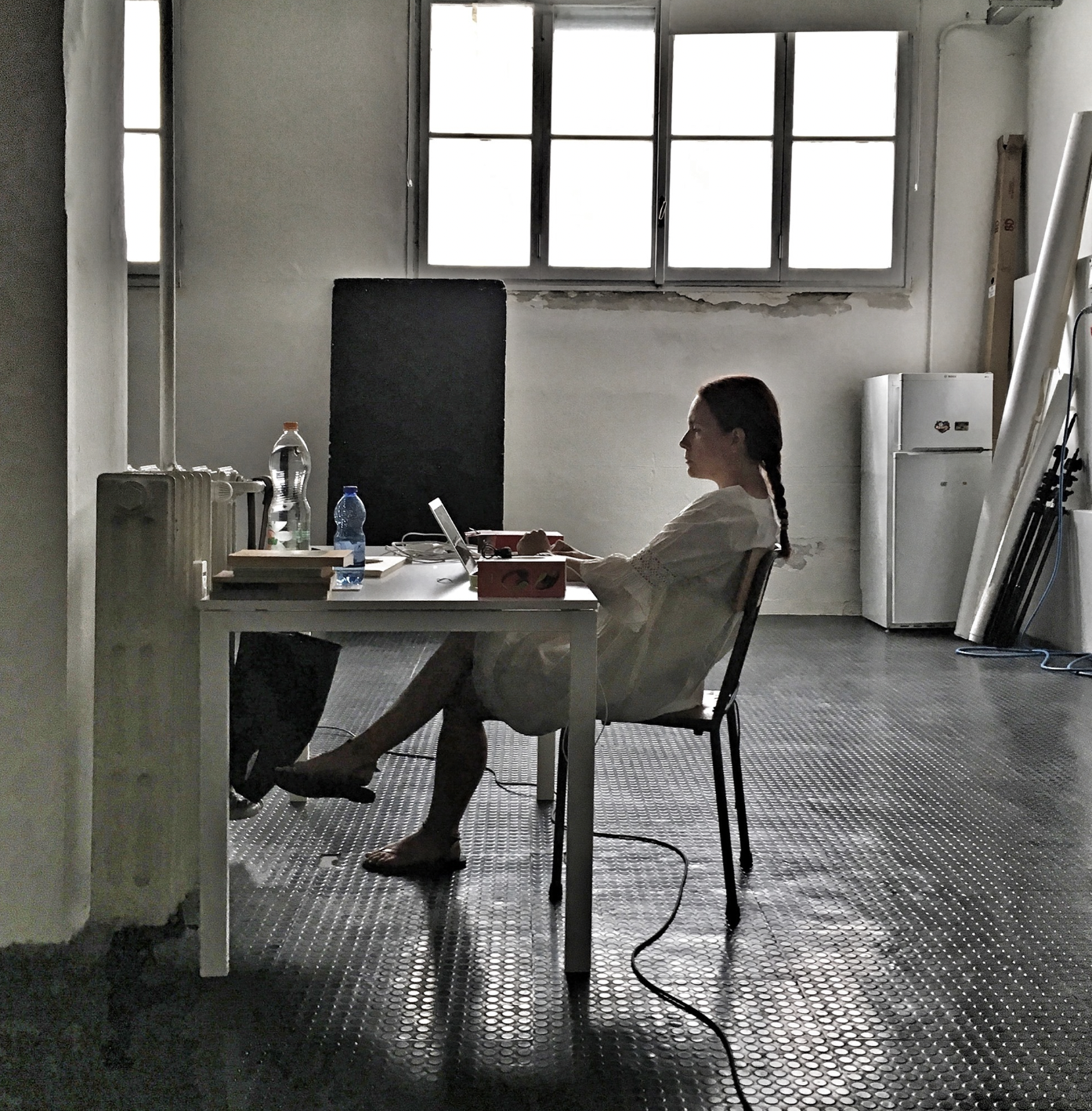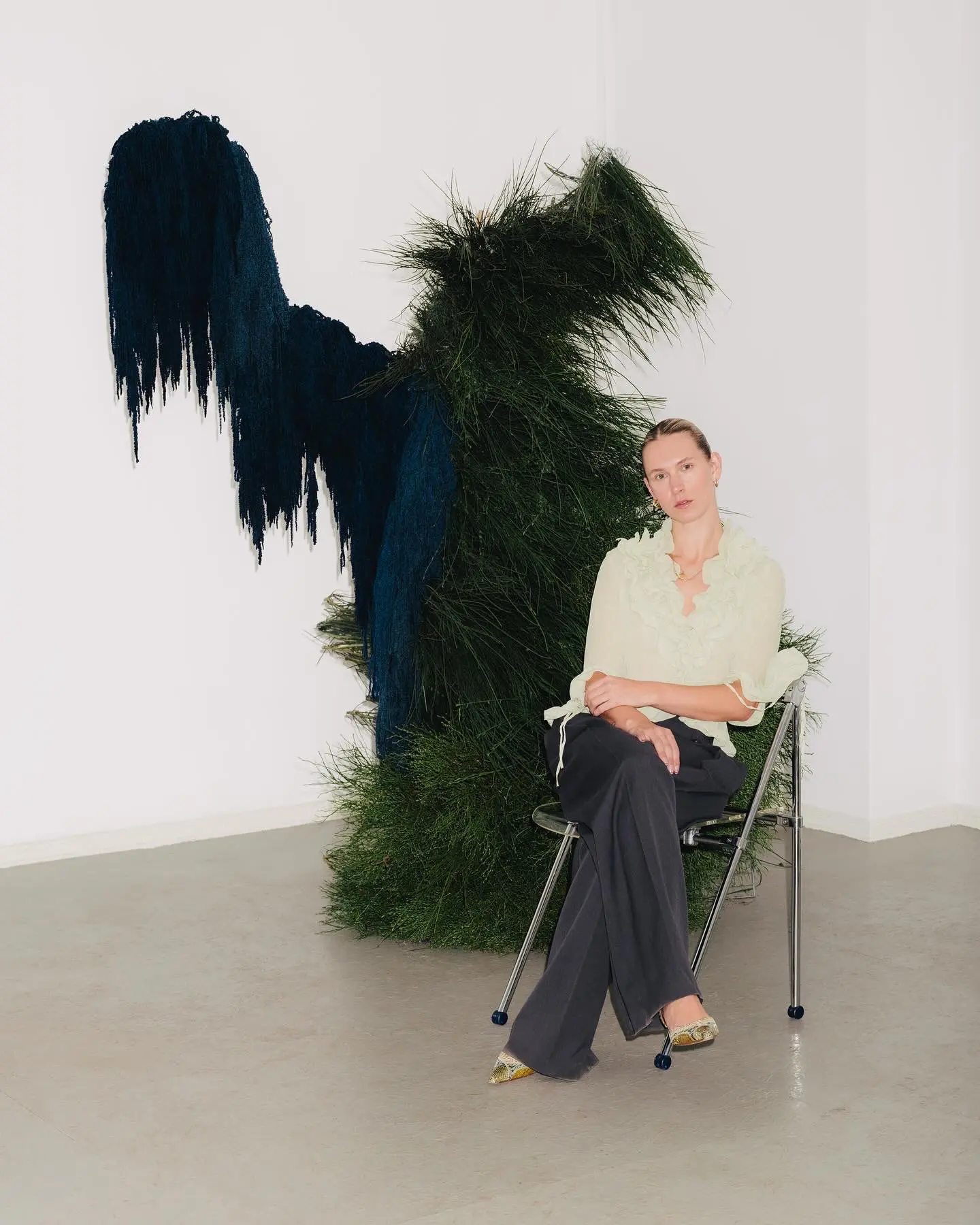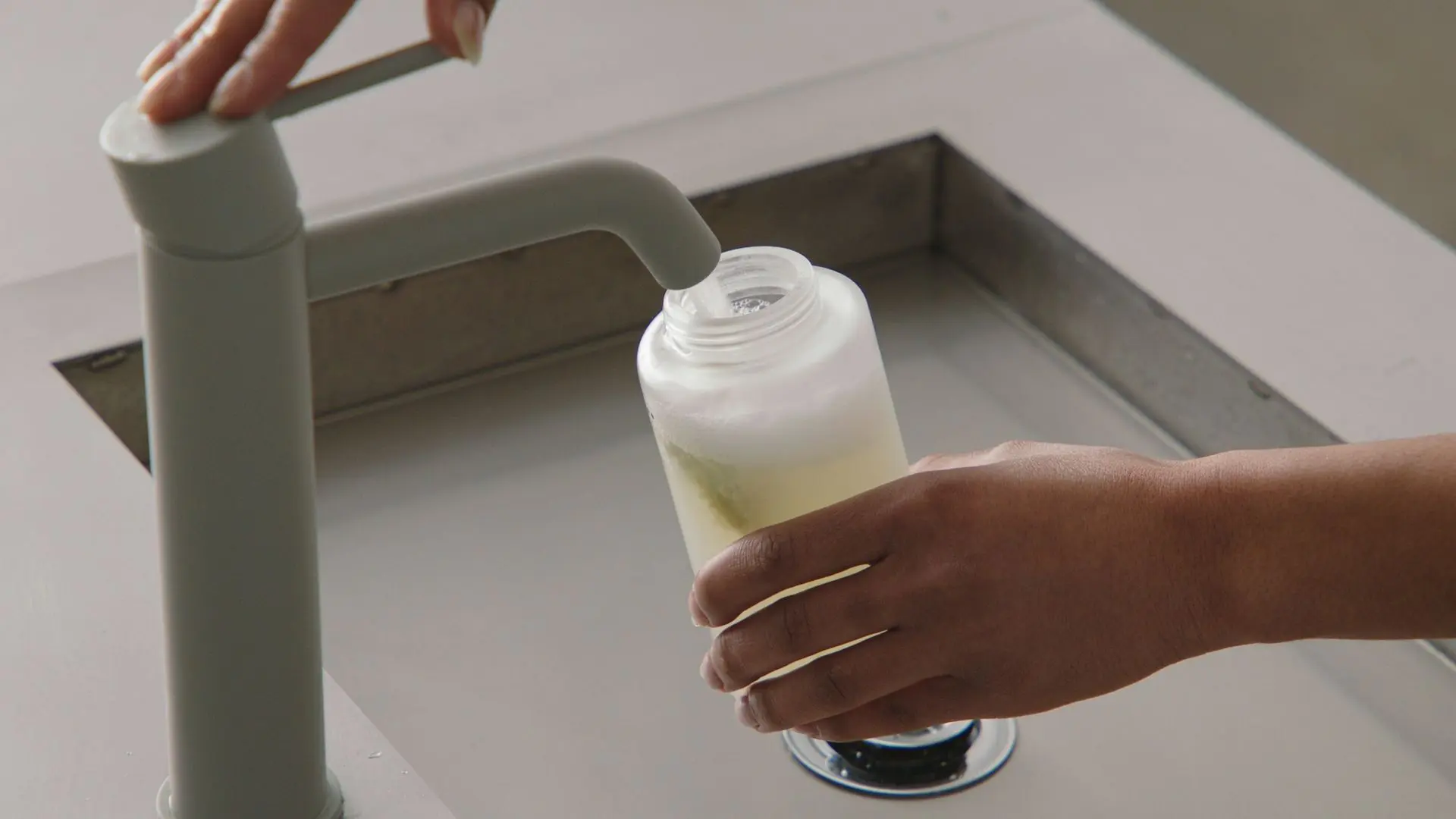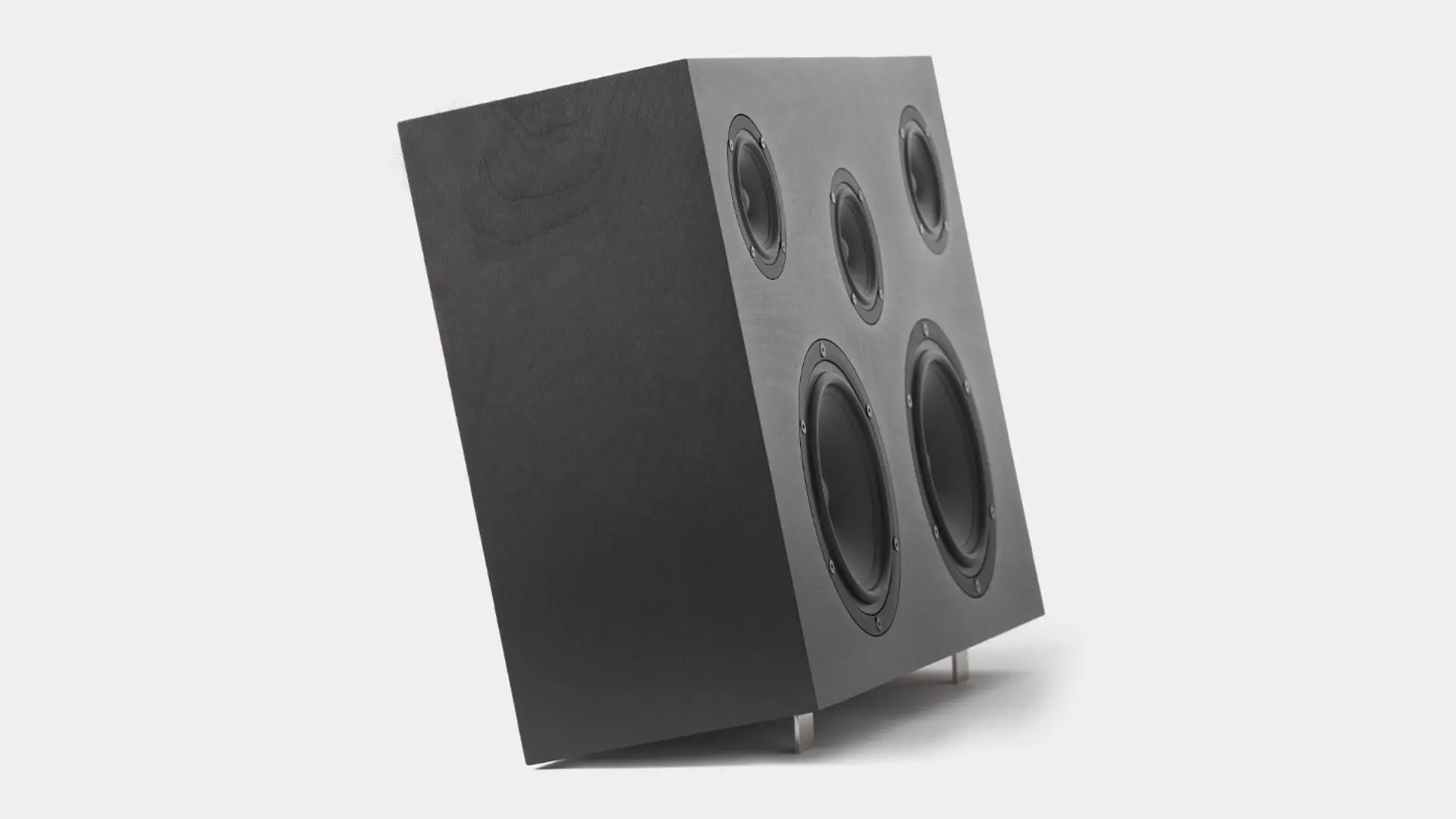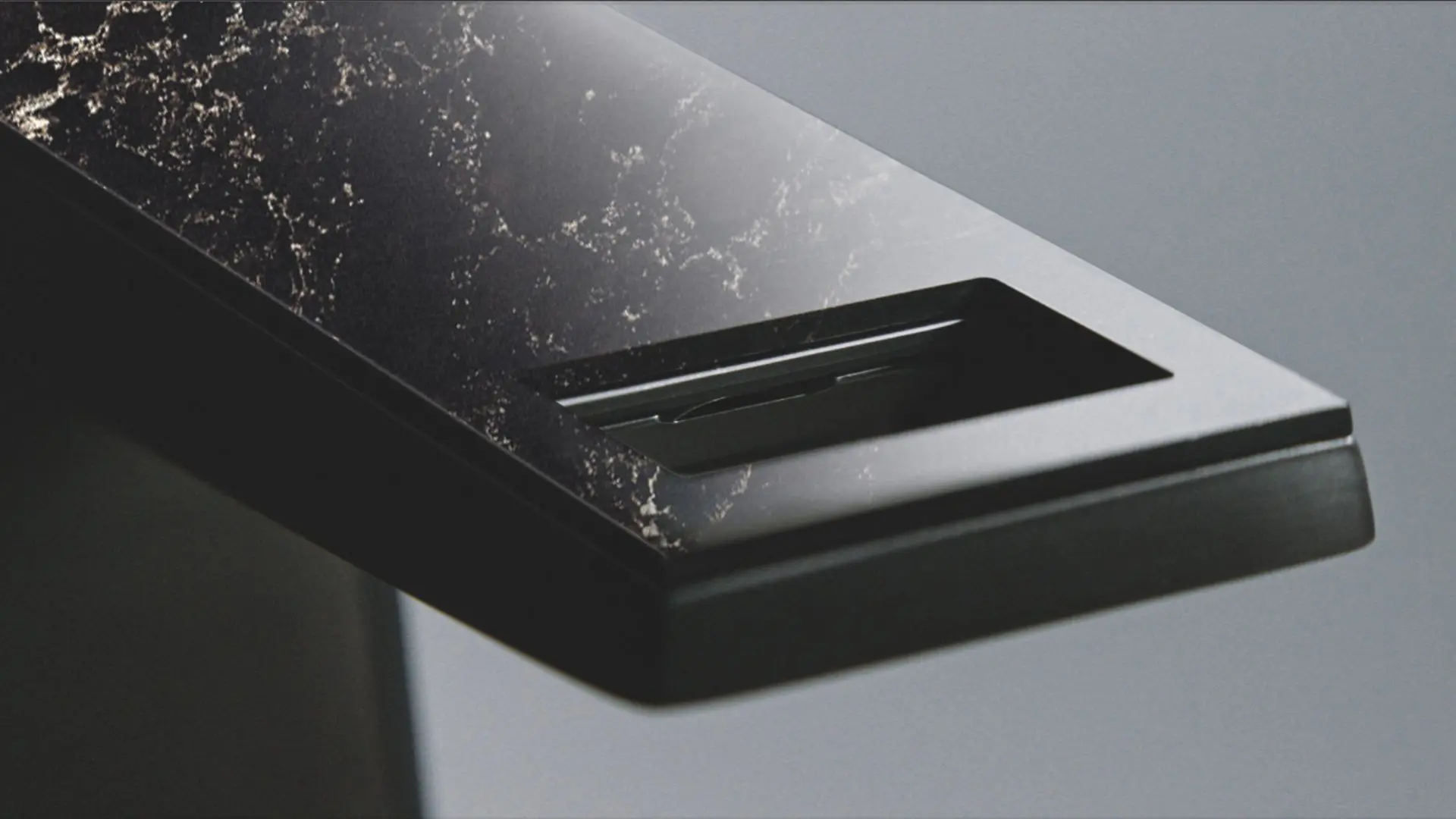Between urban and natural: the work of Studio Lilo
A conversation with Lilo Klinkenberg on sculpting with natural elements: from fashion design to creating living artworks, merging urban inspiration with natural elements to redefine contemporary floral design.

Lilo Klinkenberg, founder of Studio Lilo in Berlin, has established herself as an innovative force in botanical design and spatial art. Through her studio, she creates installations that transform spaces into living artworks. Her practice spans from ephemeral pieces for high-profile events to permanent sculptural works that challenge our perception of natural and constructed environments. Klinkenberg’s aesthetic is deeply rooted in Berlin’s urban landscape, where she finds inspiration in the unexpected intersections of nature and city life. Her unique approach to botanical design redefines contemporary floral design, elevating it to an art form that seamlessly blends conceptual depth with an ambiguous visual impact.
We met Klinkenberg at EDIT Napoli in October 2024, where she had been invited by the show’s founders, Domitilla Dardi and Emilia Petruccelli, to create an installation for the Archivio di Stato in Naples. The designer chose to work with local tree species and, as often happens in her practice, she discovered just a few days before the opening what material would shape her installation. It always depends on the season, on the land. Ultimately, this unpredictability is one of the most challenging and fascinating aspects of Studio Lilo’s practice. The result was a lush cascade of branches of different green tones celebrating the generosity of the Neapolitanian autumn.
Can you tell us about your education?
Lilo Klinkenberg:
“I studied Fashion Design at the University of the Arts in Berlin. During my studies, I realized that focusing solely on dressing bodies felt limiting. I wanted to express my creativity in a more spatial way, which led me to work with plants to ‘dress’ spaces instead. Now, when I work on my sculptures, I often feel like I’m working with a body again, but in a more abstract form.”

How and when did you focus on botanic projects?
Lilo Klinkenberg:
“Towards the end of my studies, in the year I graduated, I opened a restaurant with my siblings in Kreuzberg. We served lunch during the day and rented out the space for events in the evenings. This is when I first started working with flowers, creating table décor for these events. I immediately felt a strong connection to it and was fortunate that this passion naturally evolved into both my profession and a creative outlet.”
You are Berlin-based: did your upbringing and the general mood of the city influence your design?
Lilo Klinkenberg:
“Yes, absolutely. Growing up in Berlin and living here has had a big influence on my work. My visual library is deeply urban, and I continue to find inspiration in the places where nature and the city clash. I’m often inspired by locations like roundabouts or a bush climbing over a fence, where nature is just doing its own thing. Berlin may not be an obvious beauty like Paris, for example, but it has a rawness and authenticity that you have to learn to see. Over time, I trained my eye to find beauty in places that others might overlook.”

You design botanical architectures for events. Has there ever been an opportunity for you to create a more permanent project?
Lilo Klinkenberg:
“Durability is a major theme in my work right now. Letting go of my creations after an event or shoot is always one of the most difficult parts.
So last year, I created six durable sculptures for my exhibition “Is This Even Real?” in Berlin. The pieces explored the tension between the real and the unreal, the natural and the unnatural. Each sculpture was preserved through various techniques, including coloring and other preservation methods. Currently, I’m also working on a series of durable sculptures designed for private spaces.”
You seem to have a very deep knowledge of botany, but apparently you do not have a specific education about it. How did you manage the lack of experience at the very beginning of your career?
Lilo Klinkenberg:
“Live and learn! But, to be honest, I would never describe myself as a florist because I don’t possess the same depth of botanical knowledge that a professional florist has. Everything I know now I’ve learned from nature itself — through experimentation, trial and error, and learning from my mistakes. I’m still learning and trying new things every day. The role of a floral designer is relatively new, and most people in this field, myself included, are self-taught.”

Can you tell us something about your design process? Are you inspired by the spaces and events you are working for or are your projects self-initiated?
Lilo Klinkenberg:
“My design process is influenced by the specific context of each project. For client work, there is usually a given theme, such as a particular color or a concept that aligns with the brand. From there, I create a mood board and translate it into a botanical language.
The space itself plays a crucial role, especially in terms of shapes, and I draw inspiration from the surrounding environment. The characteristics of the space significantly impact my design choices. For instance, if I’m working in a romantic, baroque setting, I often try to introduce modern or geometric elements to create contrast—and vice versa.
I believe what makes botanical installations truly captivating is their interaction with the surroundings. They can either stand in stark contrast to their environment or create a harmonious fusion.”
Is there any designer or architect who is inspiring for your work?
Lilo Klinkenberg:
“I find great inspiration in the sculptural forms and installations of artists like Tony Cragg and Richard Serra. Their ability to manipulate materials and create immersive experiences resonates deeply with my own approach to design.
However, I must say that the most profound inspiration for me comes from nature itself. The intricate patterns, textures, shapes, and colors found in the natural world are a constant source of creativity. Observing the way plants grow, the interplay of light and shadow, or the seasonal changes in landscapes profoundly influences my designs.”

Which is the project you found more difficult to finalize and why?
Lilo Klinkenberg:
“I find that winter projects tend to be more challenging because there’s not as wide a variety of plants and flowers available. This limitation can really affect the overall design. Additionally, if I’m working in locations without access to a local market, sourcing materials becomes even trickier, making the logistics a bit more complicated. That said, I believe there are always ways to navigate these challenges. Creativity often flourishes under constraints, and I’ve learned to adapt and find solutions.”

Do you think your work has a conceptual side? Or it concern mainly aesthetics?
Lilo Klinkenberg:
“Absolutely, I believe my work has a conceptual side, even if it’s not always immediately obvious. The concepts behind my designs often stem from feelings or memories that resonate with me during the creative process. Sometimes, I’ll create something and only later realize what inspired me, whether it’s a specific emotion or an experience I’ve stored away in my mind.
While aesthetics are certainly important, what matters most to me is how people receive and connect with my work. I strive for my installations to evoke emotions and spark conversations, making the conceptual aspect just as significant as the visual one.”

